In late April, Dior artistic director Maria Grazia Chiuri showed her spring couture collection on the rooftop of the new Ginza Six shopping centre in Tokyo. Ethereal beauties wandered through a fantasy Japanese garden modelling breathtakingly feminine sheer confections highlighting the masterful workmanship of the house ateliers and its “petits mains”. Chiuri also imagined eight new looks for the show, with dresses covered in delicate cherry blossoms, birds, and branches accompanied by ornate floral headpieces. The looks were directly inspired by Christian Dior’s Jardin Japonais dress from 1953, and offered a view into the depths to which the house’s new artistic director is mining the brand’s rich history.
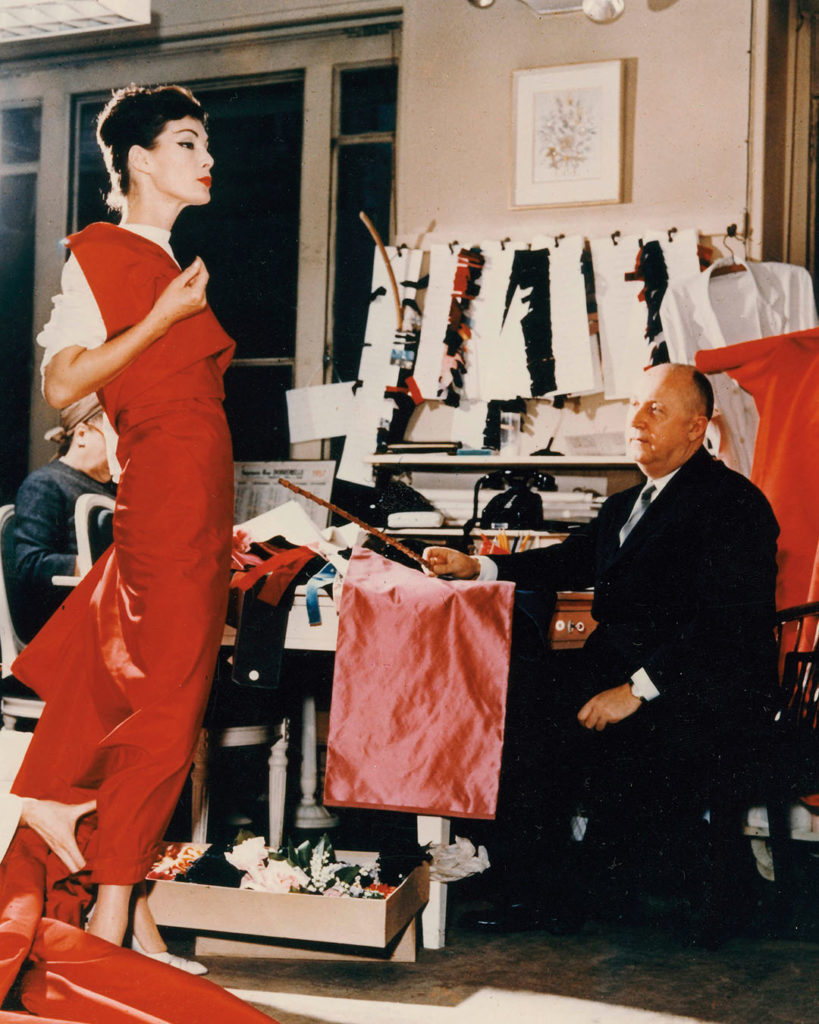
Dior has long been synonymous with French glamour, and femininity has always been at the root of the brand; the figure eights that decorate the staircase at the first Dior store, at 30, avenue Montaigne, are a reference to the infinite timelessness of the female form. In 1947, Dior presented his first collection to rave reviews and created a revolution in women’s fashion. Dubbed by then Harper’s Bazaar editor Carmel Snow as “The New Look”, the sweeping luxury of Dior’s creations marked an end to the scarcity of fabric and utilitarian clothing that composed the fashion during the Second World War. Dior’s iconic jacket, “Le Bar”, heralded the rebirth of French couture and a return to glamour. With immaculate tailoring and construction that emphasized feminine curves, The New Look was a stylized interpretation of the ideal woman. “We were emerging from the period of war, of uniforms, of women soldiers built like boxers,” said Dior at the time. “I drew flower women, soft shoulders, full busts, willowy waists, and wide skirts like corolla flowers in full bloom.”
As the house marks its 70th year, there are celebrations galore, with new store openings in Tokyo and Toronto, a number of books and publications, as well as the creation of a luxurious new archive. Most notable are two major museum retrospectives: “Christian Dior, couturier du rêve” at Les Arts Décoratifs in Paris, and “The House of Dior: Seventy Years of Haute Couture” at the New Victoria Gallery in Melbourne, Australia, curated by Katie Somerville. The setting of the latter is no coincidence: Australia hosted Dior’s first ever show outside of Paris, featuring 50 looks from the 1948 spring summer collection.
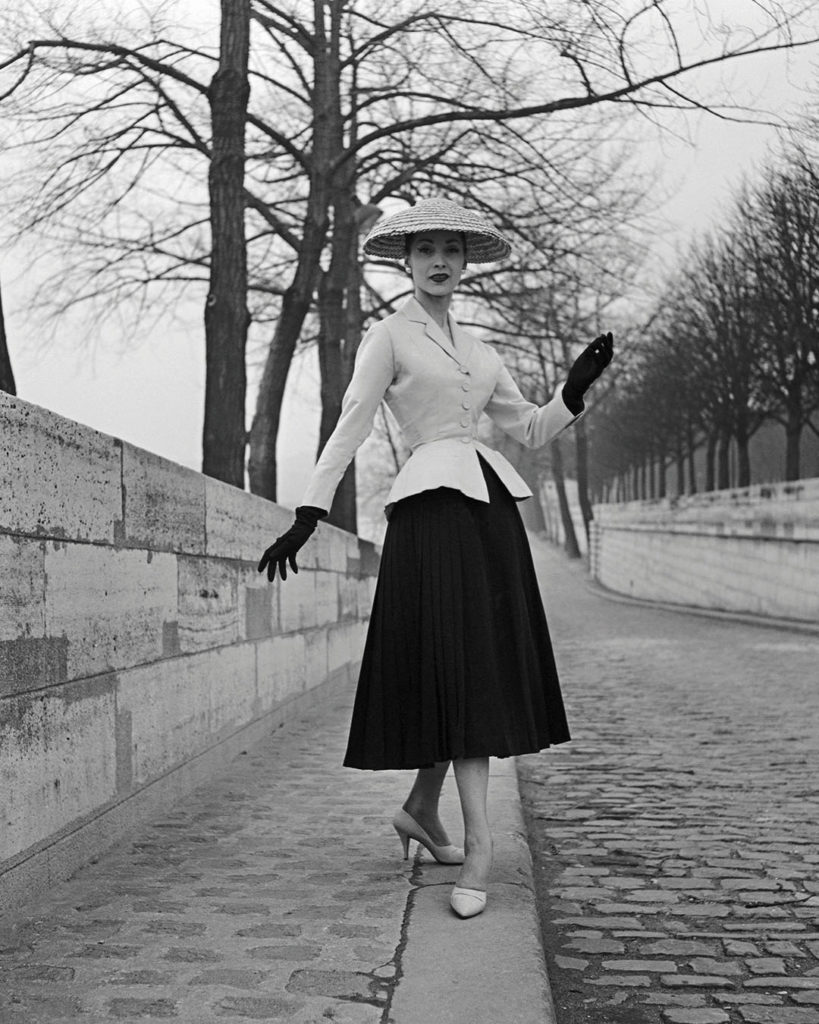
More than mere nostalgia, this looking back reveals a distinct effort to recognize the significant contributions to the legacy of Dior from all of its designers. After Dior’s death in 1957, his young assistant Yves Saint Laurent, who Dior described as his “spiritual heir”, replaced him as creative director. Saint Laurent, wishing to prove himself, embraced the new modes of the time and received accolades with his famous “trapeze dress”. Virtually the opposite of the Dior fit and flare silhouette, it hung away from the body and swung, hence the name, providing a freedom of movement for the wearer. Other more fashion forward concepts like his Left Bank “beatnik” collection, were panned by the press, but were later cultivated under his own label, especially his vision of the Rive Gauche woman. Saint Laurent was conscripted into the army in 1960 and replaced by Marc Bohan who helmed the brand for nearly 30 years. Bohan had learned to design with the same rigour of simplicity at the house of Robert Piguet just as Dior himself had previously. While Bohan remains probably the least known Dior designer, he was instrumental in creating the now ubiquitous ready-to-wear concepts, which gave greater ability to women outside of the elite to access the brand directly. Bohan returned to the architectural tailoring of Dior while building a strong celebrity client base with stars like Elizabeth Taylor, Sophia Loren, and Princess Grace of Monaco.
In 1989, designer Gianfranco Ferré caused a stir in the Paris scene by virtue of being the first Italian to design for the brand, bringing his own architectural sensibilities. A successful designer with his own label, his appointment to the house by Bernard Arnault saw him win the De d’Or (Golden Thimble Award) for his first Dior couture collection. Alexander Fury, fashion editor for T magazine and author of a new book highlighting the 70 years of couture, Dior: The Collections, 1947-2017, explains Ferré’s impact on the brand: “The codes of Dior were really laid down under Ferré–elements like the cannage pattern, the Dior typeface, even the shade of ‘Dior grey…’”
Into the early ’90s, while the relevance for couture was being heavily questioned, it was Ferré who brought the earliest moments of theatre and drama to that rarified world. He eventually returned to Milan and his own labels in 1996, leaving the door open for John Galliano, who had been working his magic at Givenchy. Galliano remains the designer now most associated with the brand’s fantasy of couture and as Somerville notes, “was the way most of us first encountered Dior.”
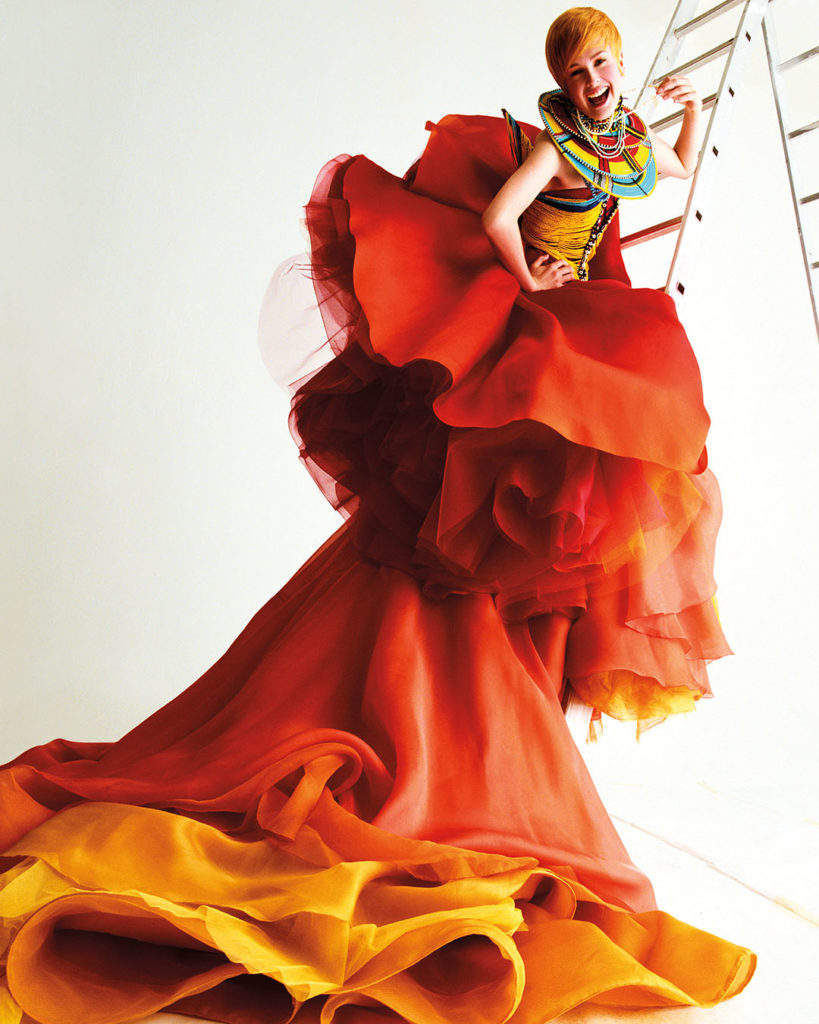
Galliano’s complex narratives underlined his exquisite artistry and, as Fury states, “There are very few fashion designers who have been able to create such an immersive, all-encompassing universe with their aesthetics. The fact that Galliano did it not only for Dior, but simultaneously with his own label, marks him as one of the great designers of our time.” When he was arrested and convicted for anti-Semitic comments in 2011, he was dismissed from the company and sought treatment for his alcohol addiction. Belgian designer Raf Simons, who had gained notoriety for his own menswear line and the focused minimalism seen in his design work for Jil Sander, eventually replaced Galliano. Simons approached his first collection at Dior with a purity of design focused on the shapes and silhouettes of the house. His innovative fabrications and impeccable tailoring presented modern representations of the original codes of the house, featuring the Bar jacket, Dior’s magical figure-eight silhouette as a black pant suit in one look, and a bright red, belted coat in another. To the dismay of many, Simons left the house after only three-and-a-half years to focus on his own designs, leaving the fashion world buzzing about who would replace him.
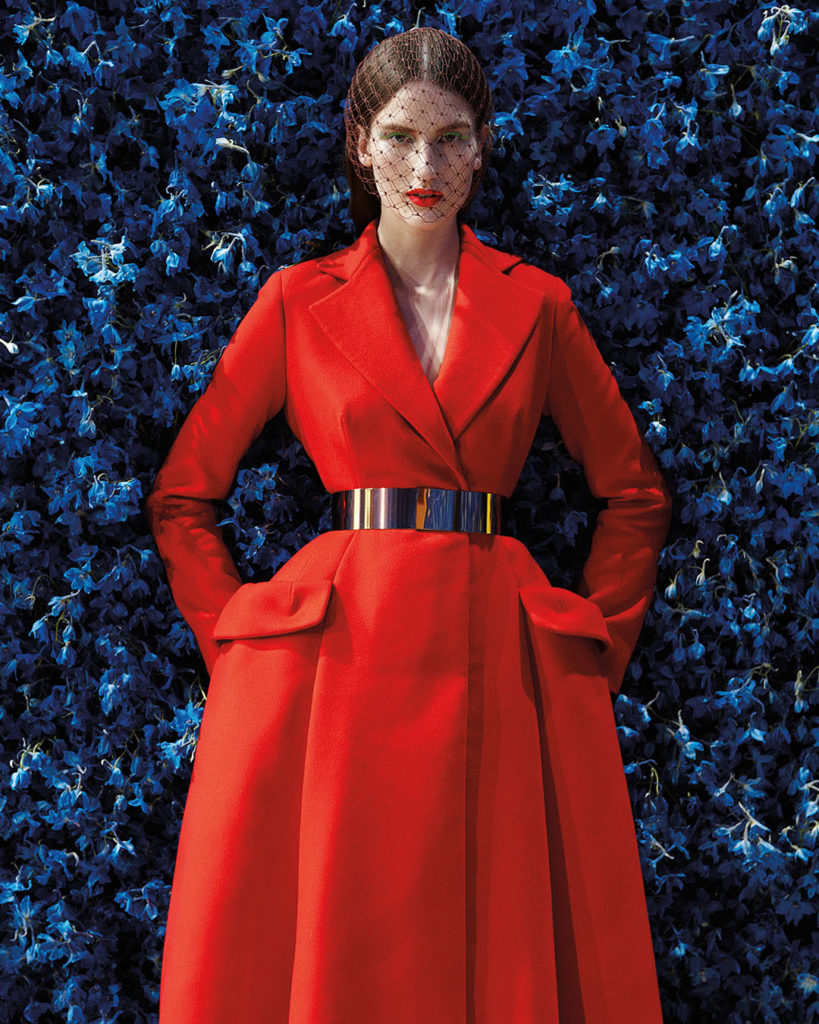
In late 2016, Maria Grazia Chiuri, an Italian and part of the design duo at Valentino with Pierpaolo Piccioli, was named artistic director of Dior. The pair’s elegant and refined work at Valentino evoked an otherworldly beauty, especially in their couture offerings. Any doubts about Chiuri’s abilities as a singular designer were left behind after her first showing for Dior in fall 2016, which depicted motifs and messaging all her own. Of Chiuri’s now-iconic “We Should All Be Feminists” T-shirt (from the title of an essay by Chimamanda Ngozi Adichie) Somerville states, “Teamed with a full-length tulle embroidered evening skirt, that idea of clever juxtaposition is speaking to the zeitgeist of the moment….”
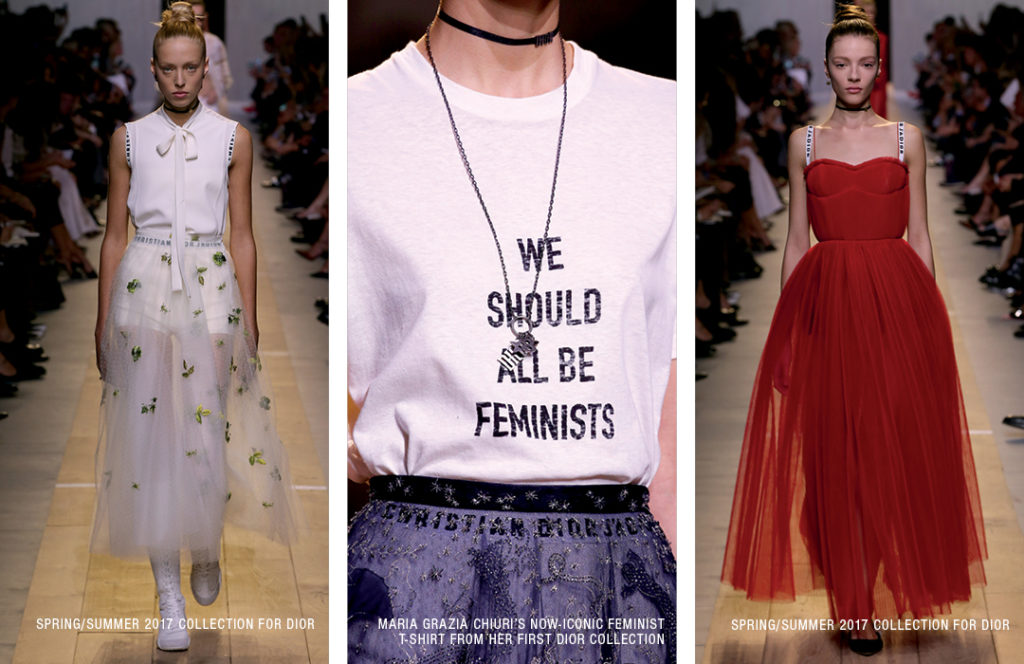
Chiuri’s message that this is “not your mother’s Dior” is a clear signal to all of her critics not to expect a clear reinterpretation of a Bar jacket or a fit and flare silhouette. Her couture designs continue to be as delicately beautiful as her previous work for Valentino, but in the ready-to-wear, we see a revolutionary spirit in the vein of Mr. Dior himself. Her most recent fall show, styled with black leather berets, workwear-inspired denim, and cross-body bag straps in a sea of various dark Dior blues, seemed almost a uniform to wear to her own revolution. Fury explains, “Maria Grazia Chiuri is reinterpreting Dior’s intrinsic femininity with a new slant; her gender affects the way she looks at every facet of the house, which is now not only feminine but female. There’s a definite focus on the woman wearing these clothes, as opposed to the people watching her do so.… It’s surrendering a new look for Dior.”
